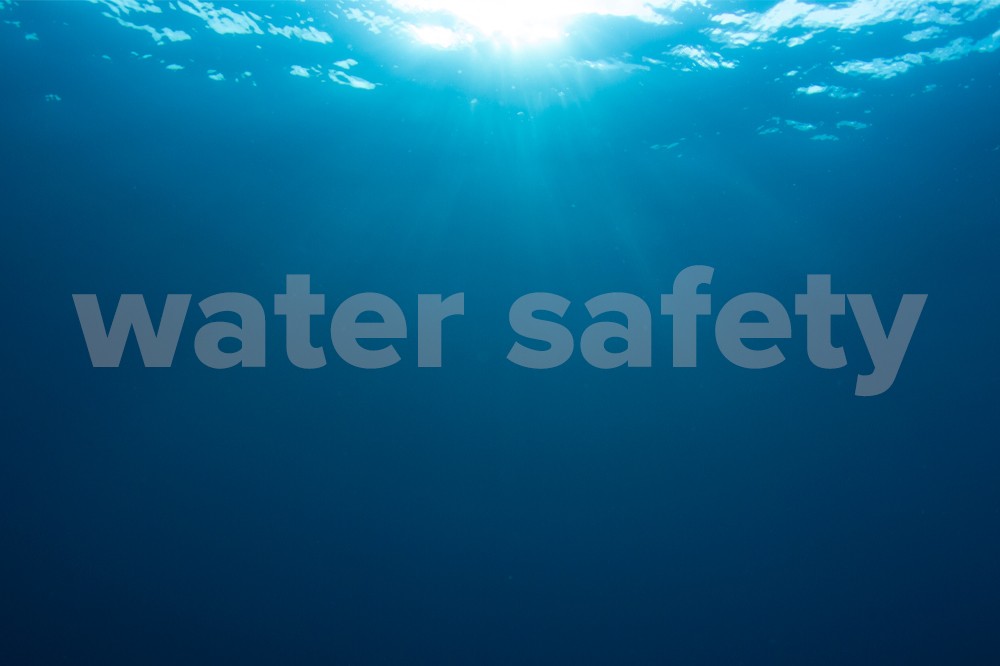Water Safety

All contents of this resource were created for informational purposes only and are not intended to be a substitute for professional advice, diagnosis, or treatment. Always seek the advice of your physician, therapist, or other qualified health providers with any questions or concerns you may have.
Teaching your child with autism how to swim AND helping them develop water safety skills from a young age is critical in order to keep your child safe. Water safety and swimming lessons are not the same thing. Water safety describes precautions taken when around any body of water to keep your family safe. Practicing water safety helps reduce the risk of drowning for your child.
Important facts to know:
- Drowning is a leading cause of death among individuals with autism.
- Elopement and wandering increases the risk of drowning.
- These deaths occur quickly; often silently and in as little as one inch of water.
- In the general population, 9 out of every 10 child drowning deaths occur when a parent is supervising but is not paying attention.
General Safety Tips
- Teach your child to only approach and enter water when holding your hand.
- Use Social Stories to teach water safety.
- Even if your child knows the skills on paper, continue practicing the skills in real life.
- Be consistent and regularly practice in a variety of settings (different pools, lakes, ponds, ocean, etc.)
- Change how you are teaching water safety to meet your child’s unique needs.
- Praise and reinforce your child every time they do not try to enter water without holding an adult’s hand.
- Keep your child within arm’s length from you when around any body of water.
- Have your child wear a life jacket, even if you are not planning on swimming.
- Always wear a life jacket when boating.
- Never allow your child to swim alone.
- Always swim in an area with a lifeguard.
- Stay focused on your child.
- Avoid distractions like your cell phone or intense conversation.
- At-home pools should be fenced on all sides with pool alarms.
- Keep toys not in use away from the pool and stored out of sight.
- Know the signs of drowning (see below).
- Learn CPR and first aid.
Essential Swimming Skills
earning how to swim is a crucial life skill for every child, especially if they have autism. It is important for parents to consider their child’s sensory issues as well as learning style when determining the best way to teach them how to swim.
Look for an instructor who will teach water safety skills in addition to swim techniques. Your child should know what to do if they end up in the water unexpectedly.
Below is a list from the Red Cross of five essential water safety skills every person should know:
- Step or jump into the water over your head.
- Return to the surface and float or tread water for one minute.
- Turn around in a full circle and find an exit.
- Swim 25 yards to the exit without stopping.
- Exit from the water. If in a pool, be able to exit without using the ladder.
Signs of Drowning
Even a person who knows how to swim can drown and drowning can happen in as little as one inch of water.
Signs of drowning:
- Hyperventilating or gasping
- Head tilted back with mouth open
- Mouth at or below surface of water
- Head bobbing up and down in the water
- Person is quiet or unable to call for help
- Vertical in water with little leg movement
- Eyes are glassy or closed
- Hair covering face
Resources
- Red Cross-Water Safety
- Stop Drowning Now
- United States Swim School Association: Parent Resources
- CARD: Autism Spectrum Disorder & Water Safety
- Autism Speaks: Autism Safety Project
- PoolSafely.gov Kids Corner: has a song and interactive games for children to learn pool safety




